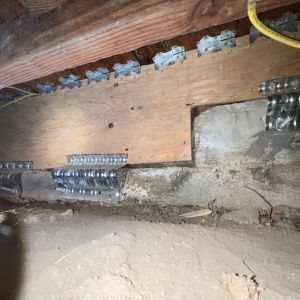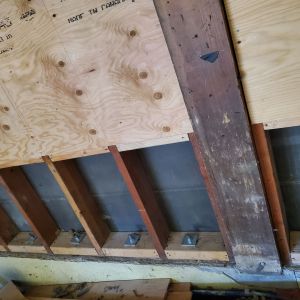earthquake retrofit
____
Seismic retrofitting is the process of modifying existing structures to make them more resistant to seismic activity, ground motion, or soil failure due to earthquakes.
Seismic retrofitting aims to enhance the safety and resilience of buildings and infrastructure during earthquakes.
Prior to the introduction of modern seismic codes, many structures were designed without adequate reinforcement for seismic protection.
Recent experiences with large earthquakes near urban centers have highlighted the need for retrofitting.
Increasing Global Capacity: This involves adding cross braces or new structural walls to increase the overall strength of the building.
Reducing Seismic Demand: Techniques include supplementary damping and base isolation systems.
Enhancing Local Capacity: Recognizing inherent capacity within existing structures and selectively upgrading local components (deformation/ductility, strength, or stiffness).
Selective Weakening Retrofit: Changing the inelastic mechanism of the structure while considering its inherent capacity.
We provide the best modification service of existing structures to make them more resistant to seismic activity, ground motion or soil failure due to earthquakes.
Seismic retrofitting is now required in some Bay Area cities, we provide the necessary services for you to be in compliance with local requirements.
our projects
_____



